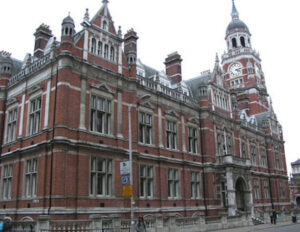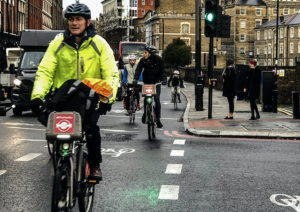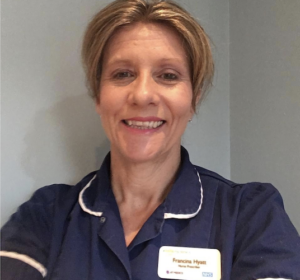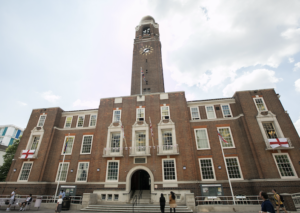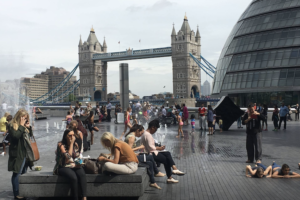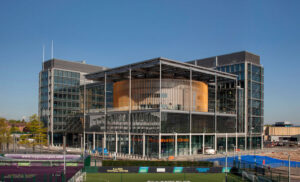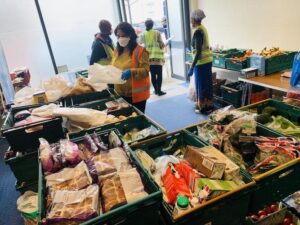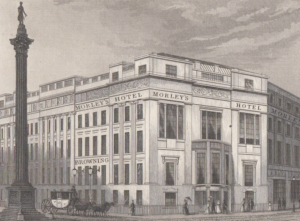The Mayor is to publish a "streetspace" plan, but effecting permanent change won't be easy
As plans to get the country back to work begin to firm up, the struggle for space on London’s previously crowded streets is gathering pace.
The lockdown in the capital has temporarily demonstrated what the significant shift away from cars envisaged in Sadiq Khan’s transport strategy might look like: more Londoners walking and cycling, cars left at home, and air pollution plummeting.
But with public transport capacity likely to remain restricted in the coming months and commuters remaining wary of the Tube and the bus, car use could rapidly increase.
With City Hall walking and cycling commissioner Will Norman predicting that even a small shift from public transport to driving could see London “grind to a halt”, choking off the city’s economic recovery, the Mayor’s new “streetspace” plan is expected later this week.
The plan will “fast track the transformation of London’s streets to enable millions more people to safely walk and cycle as part of their daily journeys”, creating “low-traffic neighbourhoods right across London”, according to Norman.
It’s not before time, according to environmental campaigners. “There is the potential to lock in the reduction in air pollution we have seen over the past weeks if we get this right, but as people begin to go back to work and can’t or don’t feel safe using public transport, there is the potential to instead lock in a huge increase in car use and pollution,” sustainable travel specialist Dr Rachel Aldred from Westminster University warned last week.
For Jon Burke, Hackney cabinet member for transport and public realm and leading campaigner for sustainable transport, action to discourage driving is urgent: “We haven’t got weeks to deliver it, we need to deliver it now, because this crisis is happening now.”
Hackney, along with other councils, has begun temporarily widening pavements, recently closing Broadway Market to through traffic and looking at further action to deter through- traffic.
“We are extremely concerned about the potential impact on road safety and air pollution if the lockdown is lifted without adequate measures to enable people to use public transport safely,” Burke told On London. “If this happens, more people may be encouraged to drive. That’s why it’s more vital than ever that we reallocate road space.”
Lewisham is also among boroughs setting out immediate and longer-term measures, including a call for residents to suggest possible safety schemes promoting active travel. Lambeth has announced a similar programme “to prevent a rush back to the private car”, according to cabinet member for sustainable transport Claire Holland.
City-wide action is a significant challenge: Transport for London manages just five per cent of London’s roads – the key “red routes” – with the remaining 14,000 kilometres controlled by the individual boroughs. Councils and City Hall don’t always see eye to eye, as demonstrated by Khan’s failure to progress pedestrianising Oxford Street and cycleways in west London and Swiss Cottage in the face of borough opposition. Unlike other major city mayors, Khan does not have the power to push schemes through.
Consultation requirements also limit boroughs’ immediate ambitions. Town Hall lawyers are concluding that minor changes to regulations recently announced by Whitehall do not sanction action more extensive than temporary safety measures without adhering to existing lengthy procedures. Hackney has sought urgent clarification on the powers available to councils during the crisis.
Money is tight too, with the capital receiving no central government support for road schemes and TfL, the major provider of funds for borough road schemes, facing a financial black hole as its income plummets.
Pre-crisis, people hadn’t been voting with their feet in support of sustainable travel either. Recent Centre for London analysis suggested the shift to “active travel” had stalled, with Khan’s transport strategy target of 80 per cent of all journeys to be by public transport, walking or cycling by 2041 unlikely to reached until 2075.
In the “new normal” though, campaigners are hoping that Khan’s plan, while likely to focus initially on emergency measures, will be a route map to permanent sustainability – to be used, as Burke says, as a “teachable moment to see what’s possible”.
Photograph: Omar Jan.
OnLondon.co.uk is doing all it can to keep providing the best possible coverage of London during the coronavirus crisis. It now depends more than ever on donations from readers. Individual sums or regular monthly contributions are very welcome indeed. Click here to donate via Donorbox or contact davehillonlondon@gmail.com. Thank you.

